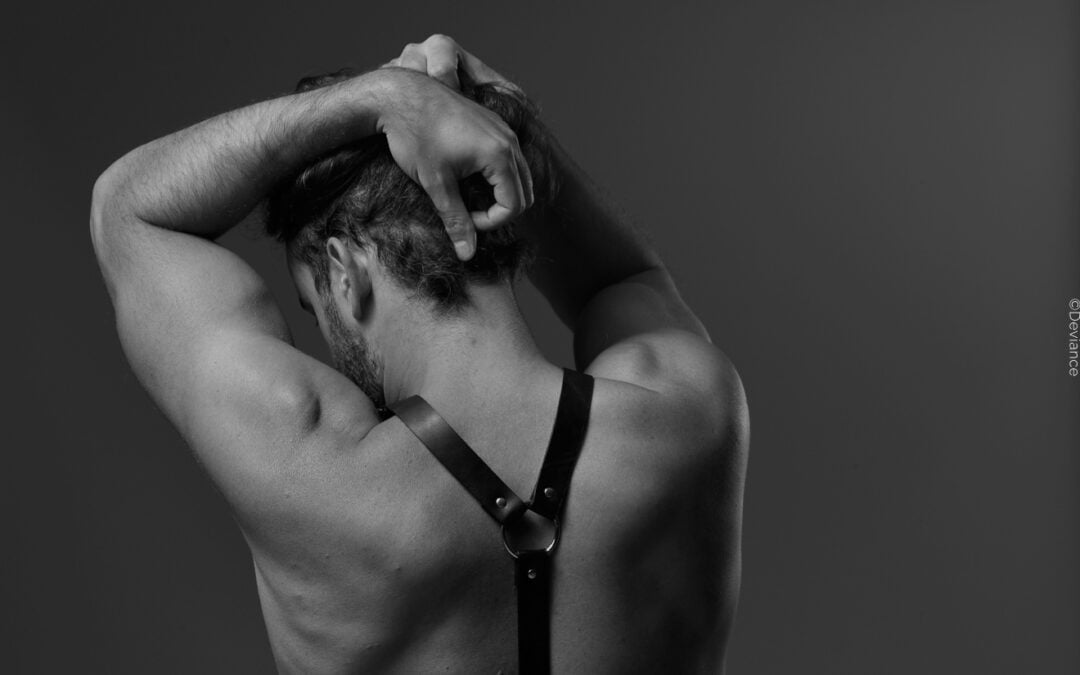Binding is basically similar to “normal” bondage games…
…in which the goal is to restrain the submissive. However, the crucial difference is that binding temporarily restricts blood flow to the affected body parts. This usually involves hands, arms, feet, or legs, but genitals or breasts can also be bound. In addition to ropes, rings, leather straps, or even clamps, such as nipple clamps, can be used.
Why do you bind?
Binding can be used as punishment since it is not exactly painless. For example, binding the penis can prevent an erection, which can be very painful.
However, the technique can also be very stimulating due to the numbness and endorphin release it induces. In the case of a bound penis, the practice can lead to the opposite effect, resulting in a larger and harder erection. As with many aspects of BDSM, binding depends on intensity and subjective experience.
What you need to consider when binding:
The whole matter is, of course, not without risk, as tissue can be permanently damaged. The bound body parts must be carefully monitored during the session. Additionally, the reactions and needs of the bottom must be closely observed. Inexperienced individuals should approach this topic very slowly, inform themselves about proper techniques, and acquire a basic understanding of anatomy. Mentors and workshops can be very helpful. And very importantly: if something goes wrong, call emergency services at 112. You can also find further help for emergencies here.









